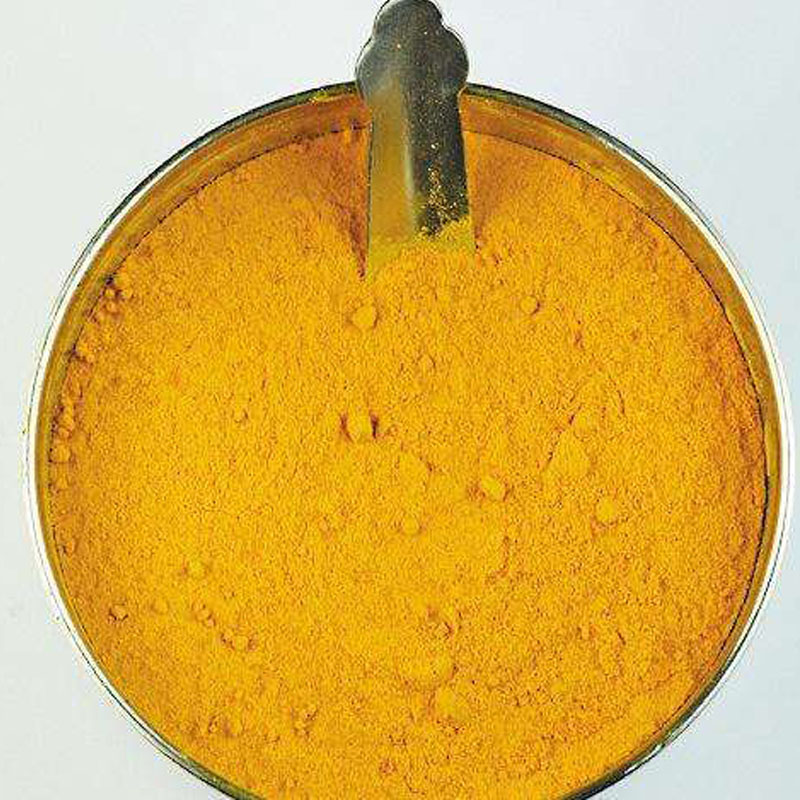- No. 268 Xianghe Street, Economic Development Zone of Xingtai city, Hebei 054001 China
- Byron@hbhongri.cn
smoked paprika and paprika
The Flavorful Journey of Smoked Paprika and Regular Paprika
Paprika, a spice derived from ground dried peppers, is a beloved ingredient in many world cuisines. Among the various types of paprika, two stand out regular paprika and smoked paprika. Each variant brings its unique flavors and qualities to dishes, making them invaluable in the culinary world.
The Origin of Paprika
Paprika originates from the Capsicum annuum species and has its roots in Central America before spreading to Europe, particularly Hungary and Spain. The vibrant red spice is derived from specific varieties of peppers that have been carefully cultivated and harvested. The peppers are dried and ground into a fine powder, resulting in the different types of paprika sweet, hot, and smoked.
Understanding Regular Paprika
Regular paprika, often referred to as simply paprika, is typically made from sweet, mild peppers. It has a mild flavor profile with a slightly sweet undertone and very little heat. The bright red color of paprika not only enhances the visual appeal of dishes but also adds a subtle, earthy taste that complements a variety of foods. This type of paprika is widely used in European dishes, especially in Hungarian goulash, Spanish paella, and various meat rubs. Regular paprika can also serve as a garnish, providing both color and flavor to soups, stews, and deviled eggs.
The Allure of Smoked Paprika
smoked paprika and paprika

On the other hand, smoked paprika, also known as pimentón, is particularly popular in Spanish cuisine. What sets it apart is the method of preparation the peppers used for smoked paprika are smoked over oak wood before being ground into powder. This smoking process infuses the spice with a deep, rich flavor reminiscent of barbecue, adding a complexity that regular paprika lacks. Smoked paprika is categorized into three types sweet, bittersweet, and hot, depending on the type of peppers used.
The unique flavor profile of smoked paprika makes it incredibly versatile. It can elevate a wide range of dishes, from roasted vegetables and meats to sauces and dips. Its robust, smoky undertones pair exceptionally well with hearty meals, such as stews and grilled meats. It is also an excellent addition to traditional Spanish dishes like chorizo and paella, where its smoky essence contributes to the dish's authenticity.
Culinary Uses and Pairings
Both regular and smoked paprika can be used to enhance flavor and color in a variety of recipes. For someone looking to explore the culinary possibilities of paprika, mixing both varieties can create a delightful balance of sweetness and smokiness.
For instance, a classic recipe for deviled eggs can be enhanced by a sprinkling of regular paprika for color and a dash of smoked paprika for that necessary depth of flavor. In marinades, combining these two types of paprika can provide a harmonious blend that complements grilled chicken or pork beautifully.
Conclusion
Both regular paprika and smoked paprika are essential staples in the pantry of any home cook or chef. While they share a common origin, their distinct flavors and uses set them apart in the culinary landscape. Understanding the differences allows us to use these spices wisely, enhancing our dishes and bringing exciting flavors to our tables. Whether you prefer the mild sweetness of regular paprika or the bold smokiness of smoked paprika, incorporating these spices into your cooking can transform ordinary meals into extraordinary experiences. So next time you reach for that vibrant red powder, consider how its flavor can elevate your culinary creations!
-
Turmeric Rhizome Powder: A Golden Treasure from Roots to TableNewsJul.28,2025
-
The Versatile Application Of Crushed Red Hot Peppers: Lighting Up The Red Flames On The Dining TableNewsJul.28,2025
-
The Paprika: A Touch Of Vibrant Red In Color, Flavor, And CultureNewsJul.28,2025
-
Ground Turmeric: A Modern Examination of an Ancient SpiceNewsJul.28,2025
-
Capsicum Liquid Extract: Features, Applications, and ChallengesNewsJul.28,2025
-
Application of Capsicum Liquid Extract in FoodNewsJul.28,2025







